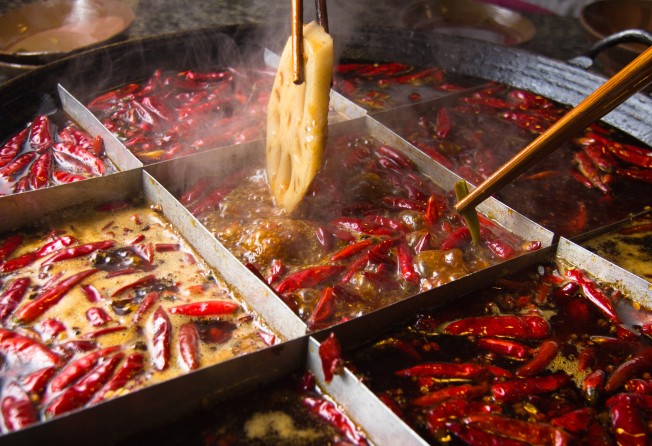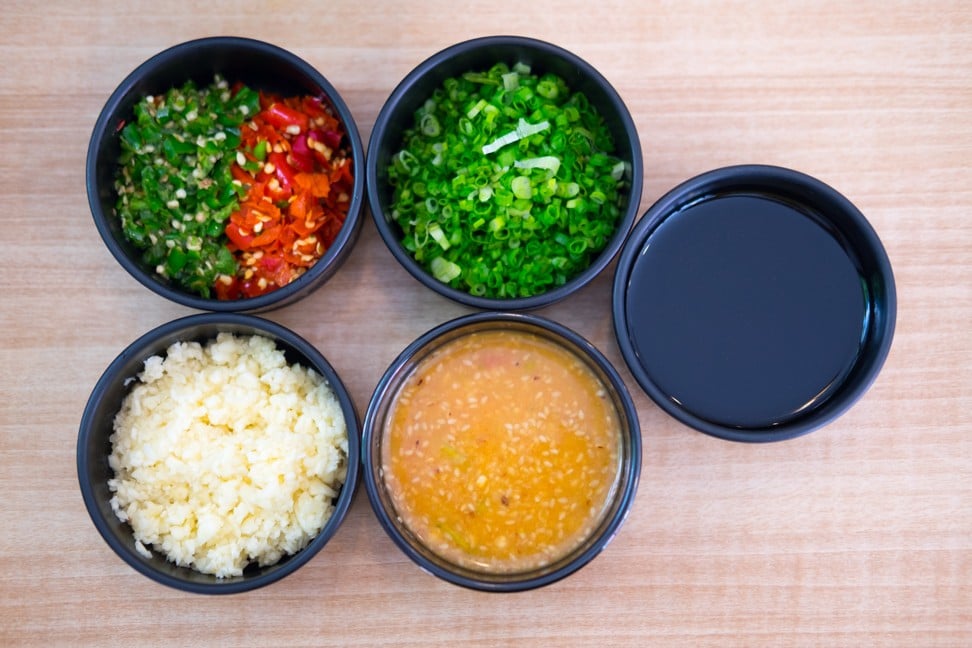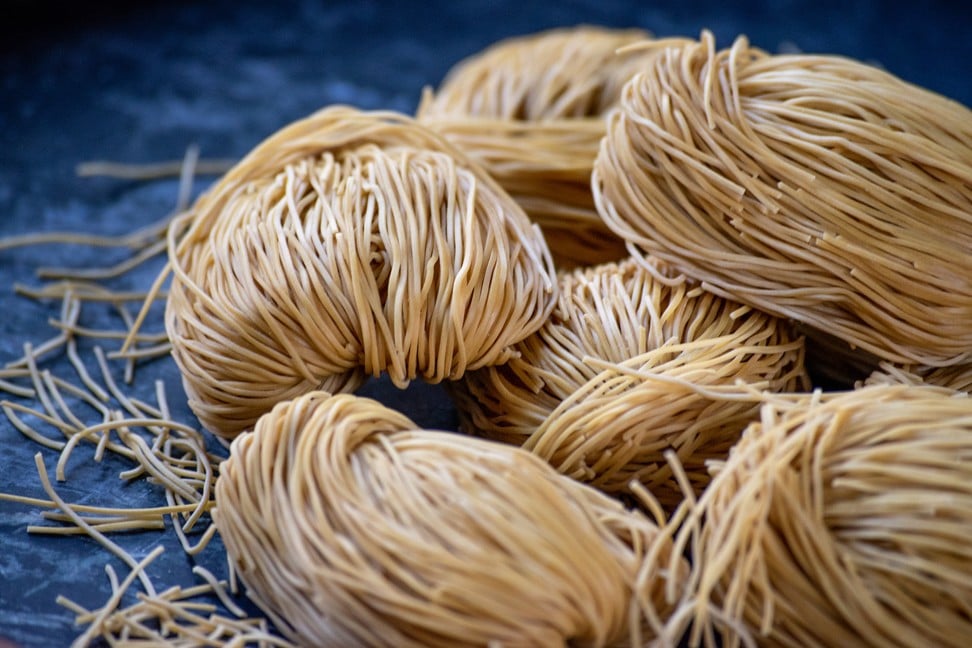
Can eating hotpot be guilt-free? A nutritionist shows you how
Hotpot is one of the best meals for staying warm in winter, but some favourite meats, sauces and soup bases can be fattening, so how do we make it healthier?

Hotpot – a traditional Chinese cooking method where a simmering pot of soup stock sits in the centre of a dining table while people drop assorted ingredients, including meat, fish and vegetables, into the bubbling liquid – is one of the best meal choices to stay warm in winter.
Whether it is enjoyed at home or at a hotpot restaurant, you can spend a great deal of time with your companions and letting time fly while the soup boils.
The downside though, is that the more time one spends at hotpot, the more hidden calories one is likely to consume.
If you love to eat hotpot yet do not want to gain a few extra pounds then check out these healthy eating strategies.
Choose your soup base wisely
The secret to a scrumptious hotpot lies within the soup base.
It adds flavours to the foods and creates an aroma that is hard to resist.
Popular soup bases such as satay, curry, pork bone and Sichuan chilli are favourites among hotpot lovers, but they tend to be oily and are higher in calories, fat and sodium.
Tip: you can still enjoy a flavourful and aromatic soup broth that is made with tomato and corn; parsley and century egg; fish; and soya milk. In comparison with the satay, curry, pork bone and Sichuan chilli soups, they are lower in calories and fat.
Create a sauce with herbs
Another favourite aspect of hotpot is the condiments.
The wide array of choices provide the flexibility for one to create a one-of-a-kind dipping sauce.
However, condiments such as chilli oil and satay, peanut and sesame sauces, are calorie dense and full of fat and sodium.
Tip: to taste and appreciate the natural flavours of foods, create a sauce that is made with herbs such as parsley, garlic, spring onions, vinegar and soy sauce. If you like it spicy, add chopped or crushed chilli peppers instead of chilli oil and chilli paste.
Eat vegetables first
Before placing your must-haves into the bubbling and aromatic hotpot, I suggest you to eat your vegetables first.
Vegetables are a source of dietary fibre, which helps to create the feeling of fullness and pace your appetite.
More importantly, vegetables tend to absorb oil. If one places more fatty foods in the pot first, then the vegetables that come afterwards can absorb a lot of fat.
If you save your vegetables for last, you can easily ingest unnecessary calories.
Tip: enjoy a variety of fresh vegetables, such as watercress, spinach, enoki mushrooms, tomatoes, corn and pumpkin.
Tackle the carbs next
Next, enjoy your carbs. Carbs can also help to curb your appetite and help you to not eat so much.
Tip: skip the instant noodles, which are high in fat and sodium, and opt for udon, vermicelli and glass noodles. If you love taro, add some to your boiling pot to create a thicker and richer soup.
My favourite carb for hotpot is konjac (shirataki) noodles.
Low in calories and an excellent source of fibre, konjac noodles definitely do not create the guilt that many people may experience from eating other carb-rich foods.
Save the meats (and protein) for last
End your hotpot by eating seafood and lean meats. Shrimps, scallops, oysters, and lean meats such as chicken and fish fillets are healthier choices. Dumplings, wantons and fish balls are your next best options.
Don’t eat so many slices of beef, of lots of bits of pork belly, pork jowl, meatballs, wieners (sausages) and luncheon meats as these items are higher in calories and fat. Sausages and luncheon meats, in particular, contain a large quantity of sodium.
Vegetarian options such as tofu and fresh bean curd are perfect for those wanting to choose foods that provide lower calories and/or for those who are vegetarians and vegans.
Tip: limit or avoid organ meats, which are notorious for their cholesterol. Other hotpot favourites include tofu puffs, bean curd and fish skin, which are deep fried and should be enjoyed sparingly.
Water down your favourite drink
Last but not least, quench your thirst from this savoury meal with a healthier drink.
Instead of choosing the typical favourites such as plum juice, cane juice, fruit juice, fizzy drinks and beer, which are the contributors for consuming extra calories, try unsweetened tea and unsweetened chrysanthemum tea.
Tip: you can also choose still water as your choice of drink, but if that or unsweetened teas seem too bland for you, then consider watering down your favourite juice.




